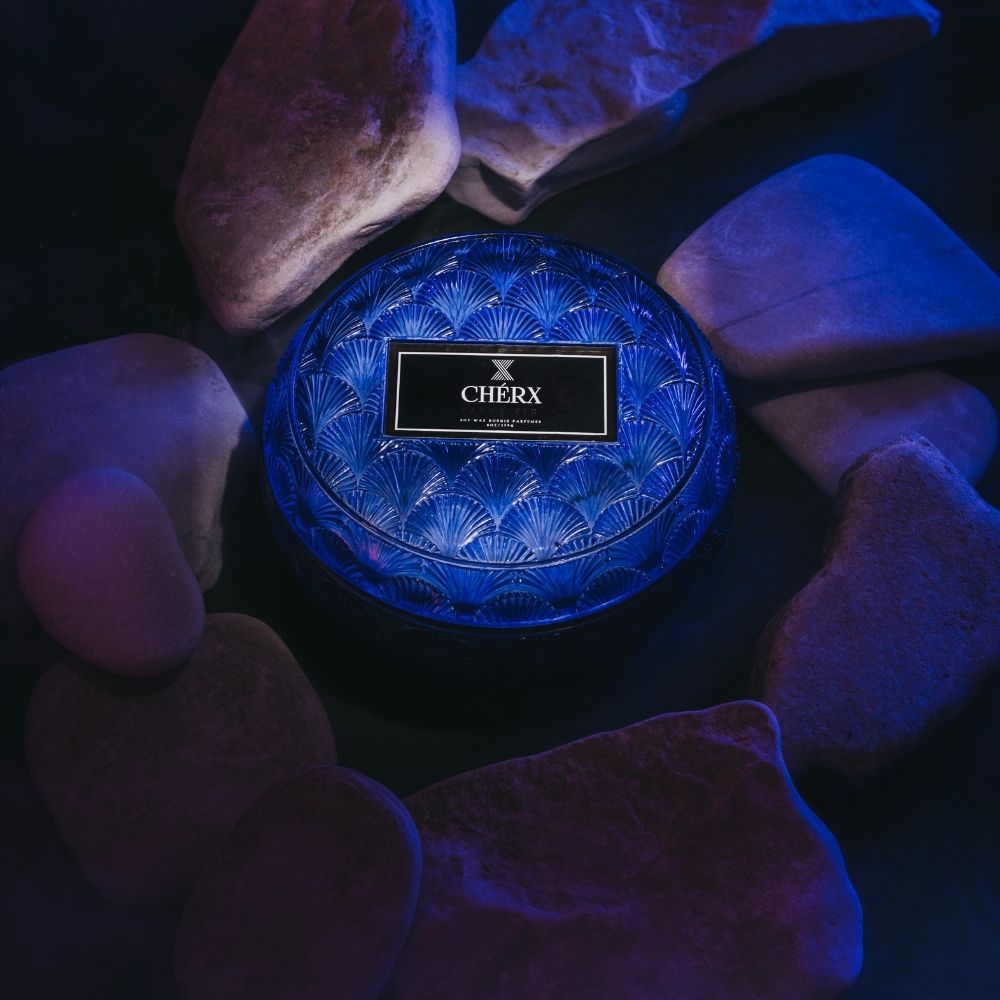"Candle" on a historical journey
Candle is among the first inventions of the Ancient Period. The history of the candle, which is estimated to be at least five thousand years old, can be understood from the candlesticks found in Egypt and Crete.
Candles used in medieval Europe in the 13th century were made from tallow. Examining the tax lists of the period, there were 71 candle makers in 1292 in Paris, the capital of France.
In the 1800s in the 19th century, French chemist Michel-Eugène Chevreul attempted to separate the fatty acid from the glycerin found in oil. The most important reason for this was to produce stearic acid, which is used to make better quality candles.
Before the invention of electricity, candles were known as important tools for lighting along with gas lamps. In today's world, candles are used more as a decorative item and for the harmony it offers to the environments in accordance with the spirit of the time. The candle is nowadays more than just a lighting tool.
Depending on the development of industry and technology, different methods have been tried to make candle material. One of these methods is 'spermaceti'. Spermaceti is extracted from the head cavity of the whale of the same name. Another method is 'Paraffin', a by-product of petroleum. With the support of paraffin and stearic acid, the mixture prepared after these inventions formed the basic material of the candle. Records indicate that paraffin candles were discovered by chemist James Young in 1850. The wicks of candles are usually made of cotton.
Soy Wax
In addition to paraffin waxes, the types of candles that come out with the oils obtained from soybeans are also called "soy candle" or "soy wax". It is known that these types of candles are 100% natural and do not contain any animal substances. For this reason, it is also called “vegan candle”. It is stated that such waxes are easily biodegradable and suitable for recycling.
How does a candle burn?
Candle burning is based on a basic principle. As the candle burns, the heat from the flame liquefies the solid wax at the bottom of the wick. As a result of this melting, it evaporates with the heat coming up the wick. The combustion of the wax vapor creates a flame and this cycle continues until the candle runs out.

